In today’s fast-paced world, to-do lists and daily chores might seem overwhelming, but they pale in comparison to the tasks our grandparents tackled in their daily lives. Before the advent of modern conveniences, these chores were part of a day’s work and required significant time, effort, and skill.
Understanding these tasks not only gives us a deeper appreciation for their hard work but also a glimpse into the past where self-sufficiency was key. Join us as we explore twelve of these demanding chores that show just how much our daily routines have changed.
1. Hand-Washing Laundry
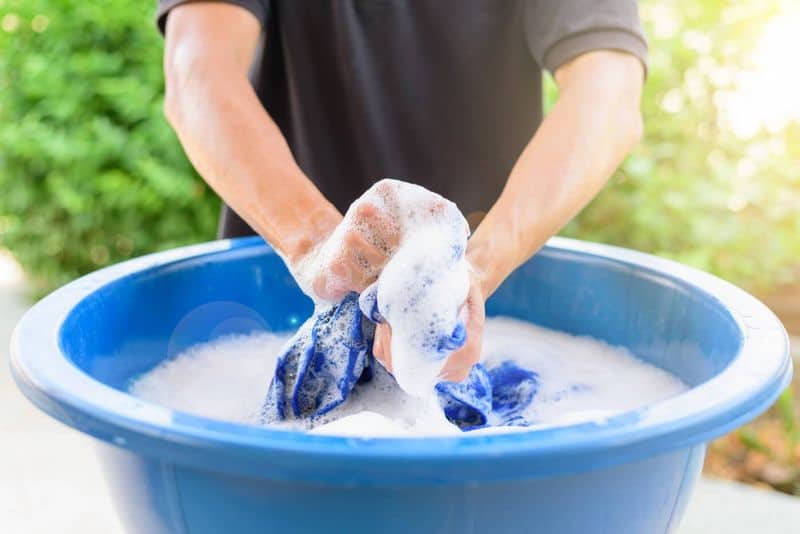
Long before the luxury of washing machines, laundry was an all-day affair. Our grandparents would spend hours hand-washing each garment, scrubbing and rinsing. The process was labor-intensive and physically demanding. Clothes were often cleaned in large tubs or basins, using homemade or harsh lye soap. This chore required strong muscles and patience. Drying, too, was a manual task, with clotheslines stretching across the yard. Weather played a crucial role; a rainy day could disrupt laundry plans entirely. The dedication to cleanliness was admirable, showcasing a commitment to maintaining a tidy home, no matter the effort required.
2. Chopping Firewood
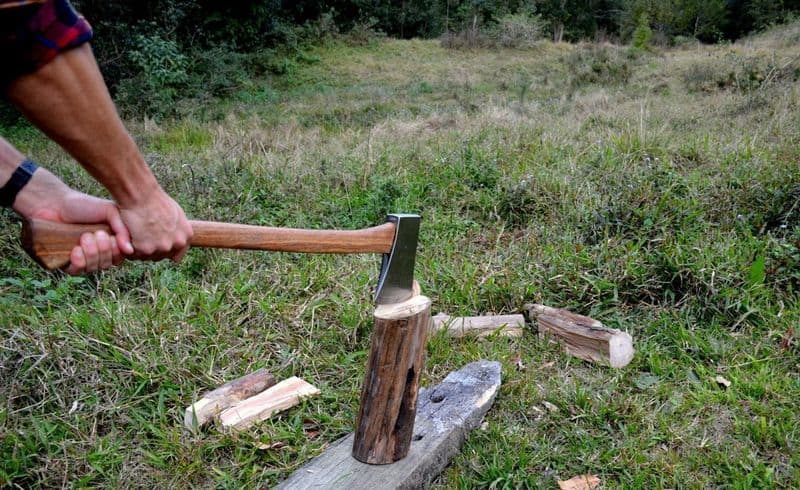
Chopping firewood was not just a chore, but a lifeline for warmth and cooking. This task required strength, precision, and endurance. Our grandparents would venture into the woods, equipped with axes and saws, to gather timber. Each log chopped was an investment in their comfort during cold months. The rhythmic thud of an axe against wood was a familiar sound in many households. It also fostered a sense of preparedness and self-reliance, knowing that a warm fire was ready to be kindled at a moment’s notice. This physical labor was a true testament to their resilience.
3. Sewing and Mending Clothes

Before fast fashion, clothes were cherished and repaired. Sewing and mending were essential skills our grandparents mastered. They would spend evenings patching up trousers, darning socks, and even crafting new garments. This task was both practical and creative, requiring an eye for detail and steady hands. Mending extended the life of their wardrobe, promoting sustainability long before it became a trend. This dedication to caring for belongings reflected a time when resources were valued and nothing went to waste. Each stitch was a blend of necessity and artistry, passed down through generations.
4. Preserving and Canning Foods
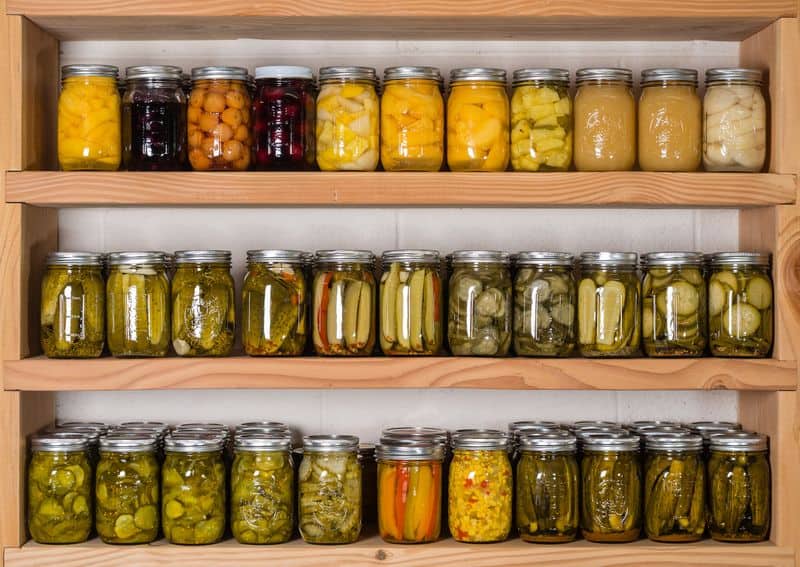
In the era before supermarkets, preserving food was a vital chore. Our grandparents would spend countless hours canning fruits, vegetables, and even meats. This process ensured a supply of nutritious food throughout the year. The art of canning required precision to prevent spoilage and involved boiling jars and sealing them properly. It was a communal activity, with families often working together during harvest seasons. The shelves lined with colorful jars were a testament to their hard work and foresight. This practice taught lessons in preparation and the importance of resourcefulness.
5. Tending to Livestock

For many, tending to livestock was a daily responsibility. This chore involved feeding, cleaning, and caring for animals such as chickens, cows, and pigs. It required early mornings and a deep understanding of animal behavior. Livestock provided essential resources like milk, eggs, and meat, forming the backbone of self-sustenance. Our grandparents’ connection to their animals was profound, as each creature played a role in their livelihood. This task was not just about labor but also nurturing life and maintaining a balanced ecosystem on the farm.
6. Gardening and Harvesting
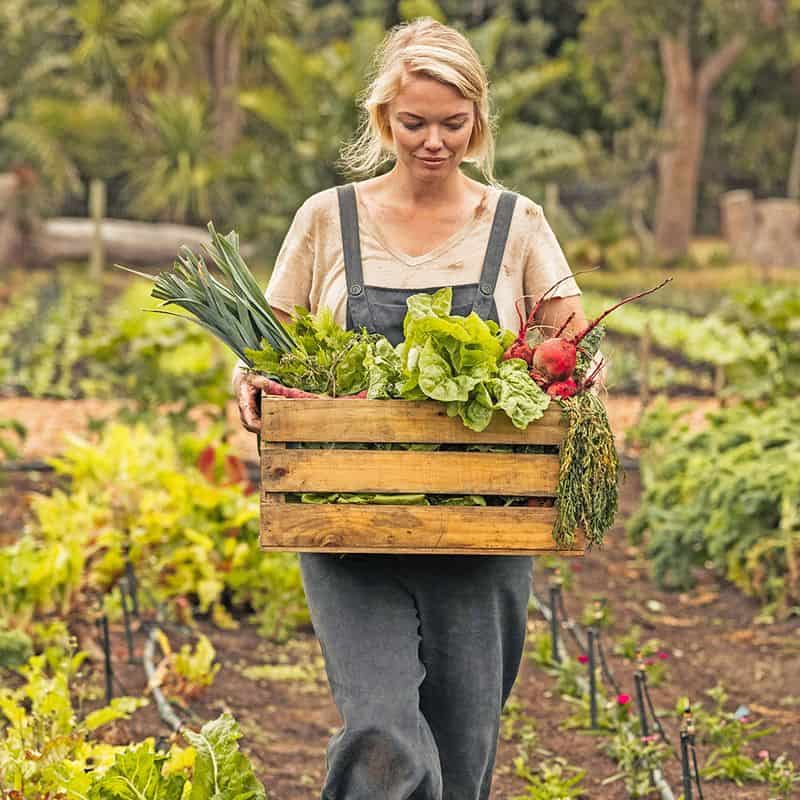
Gardening was more than a hobby; it was a necessity. Our grandparents cultivated gardens to provide fresh produce for their families. This chore involved planting, weeding, and harvesting, demanding both time and knowledge of seasonal cycles. The fruits of their labor were relished during meals, offering a taste of their hard work. Gardening fostered a connection to the earth and encouraged sustainable living. The garden was a place of both work and tranquility, where they could witness the fruits of their labor blossom. The satisfaction of a bountiful harvest was unparalleled.
7. Making Homemade Bread

Bread-making was a staple chore in many households. Our grandparents would rise early to knead dough, allowing it to rise before baking in wood-fired ovens. This process required patience and skill, resulting in loaves that nourished the family. The aroma of freshly baked bread was a comforting presence, signaling nourishment and care. Baking bread from scratch was both an art and science, demanding precision in measurements and timing. It was a labor of love, creating sustenance from basic ingredients. Sharing this bread around the table was a cherished tradition, bringing families together.
8. Ironing Clothes

Ironing was a meticulous task that required attention to detail. Without today’s advanced appliances, our grandparents used heavy irons heated on stoves. This chore demanded time, as each garment was carefully pressed to remove wrinkles. A crisp shirt or dress was a mark of pride, reflecting care in appearance. Ironing was more than a necessity; it was a discipline that taught patience and precision. The result was a wardrobe that spoke of diligence and respectability. This simple act of grooming was an integral part of their daily routine, showcasing their dedication to presenting their best selves.
9. Fetching Water

Before indoor plumbing, fetching water was a vital chore. Our grandparents would often walk long distances to wells or streams, carrying heavy buckets back home. This task was physically demanding and required multiple trips. Water was precious, used sparingly for cooking, cleaning, and bathing. The chore instilled a deep appreciation for this essential resource. Fetching water was a daily reminder of the importance of conservation and planning. It was an exercise in endurance, as well as a crucial part of their routine that underscored the value of every drop.
10. Making Soap

Soap-making was an artisanal chore that involved chemistry and creativity. Our grandparents crafted soap from scratch, using lye, fats, and natural fragrances. This task required precision to ensure safety and effectiveness. Each batch was an investment in hygiene and comfort. The process was time-consuming, often taking days to complete. Yet, it was rewarding, producing bars that were gentle on the skin. Soap-making was a sustainable practice, utilizing available resources and minimizing waste. It was a craft passed down through generations, reflecting resourcefulness and innovation in personal care.
11. Quilting by Hand

Quilting was a cherished pastime that resulted in beautiful, functional art. Our grandparents spent countless hours stitching together scraps of fabric, creating quilts that told stories. This chore required precision, creativity, and patience. Quilts were more than just blankets; they were heirlooms that provided warmth and comfort. Each piece of fabric was carefully selected and sewn with love. Quilting was a communal activity, often bringing together family and friends. It fostered a sense of community and shared history, wrapping loved ones in layers of care and craftsmanship.
12. Repairing Tools and Equipment
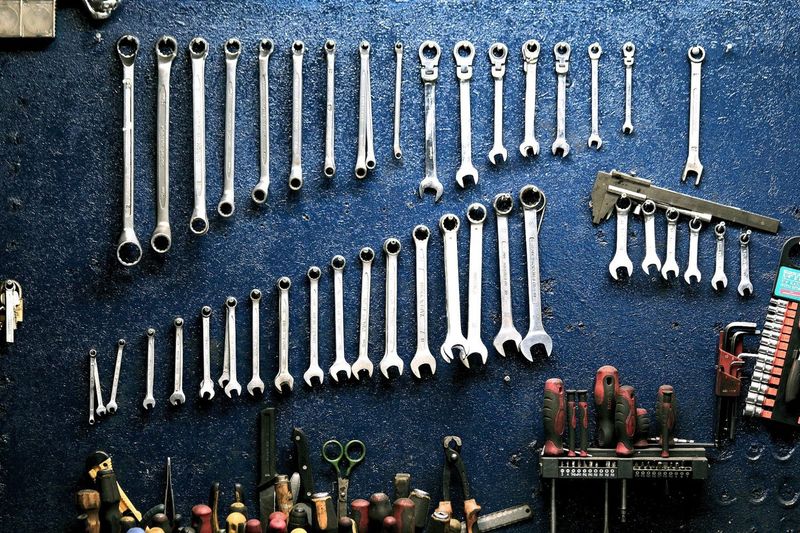
Maintaining tools was a crucial chore for self-sufficiency. Our grandparents regularly repaired farming equipment, ensuring it remained functional for the tasks ahead. This job required mechanical knowledge and problem-solving skills. Each repair was a testament to resourcefulness, using available materials to extend the life of tools. This practice prevented waste and saved money, embodying a mindset of conservation. Repairing tools was a hands-on challenge that reinforced their connection to their work. It was an ongoing commitment to sustainability, ensuring that each piece of equipment was ready for action when needed.
13. Washing Dishes by Hand
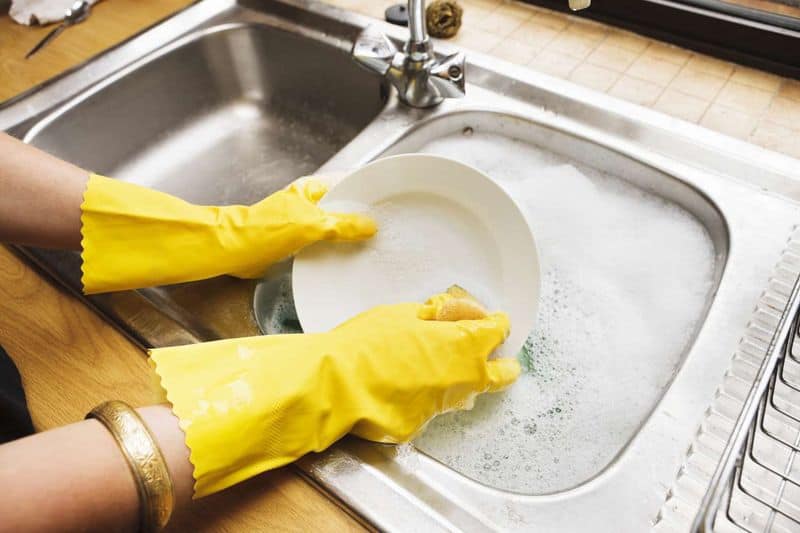
In the days before dishwashers, washing dishes was a tedious but necessary chore. Our grandparents would gather dirty dishes after every meal, using large basins of hot water, soap, and elbow grease to scrub each plate, cup, and utensil. The task required time and stamina, especially for larger families. Often, multiple rounds of washing and rinsing were needed, and everything from pots to delicate china had to be meticulously cleaned. This chore, though time-consuming, was a constant reminder of the value of cleanliness and order in the home.

Well, hello there!
My name is Jennifer. Besides being an orthodontist, I am a mother to 3 playful boys. In this motherhood journey, I can say I will never know everything. That’s why I always strive to read a lot, and that’s why I started writing about all the smithereens I came across so that you can have everything in one place! Enjoy and stay positive; you’ve got this!

